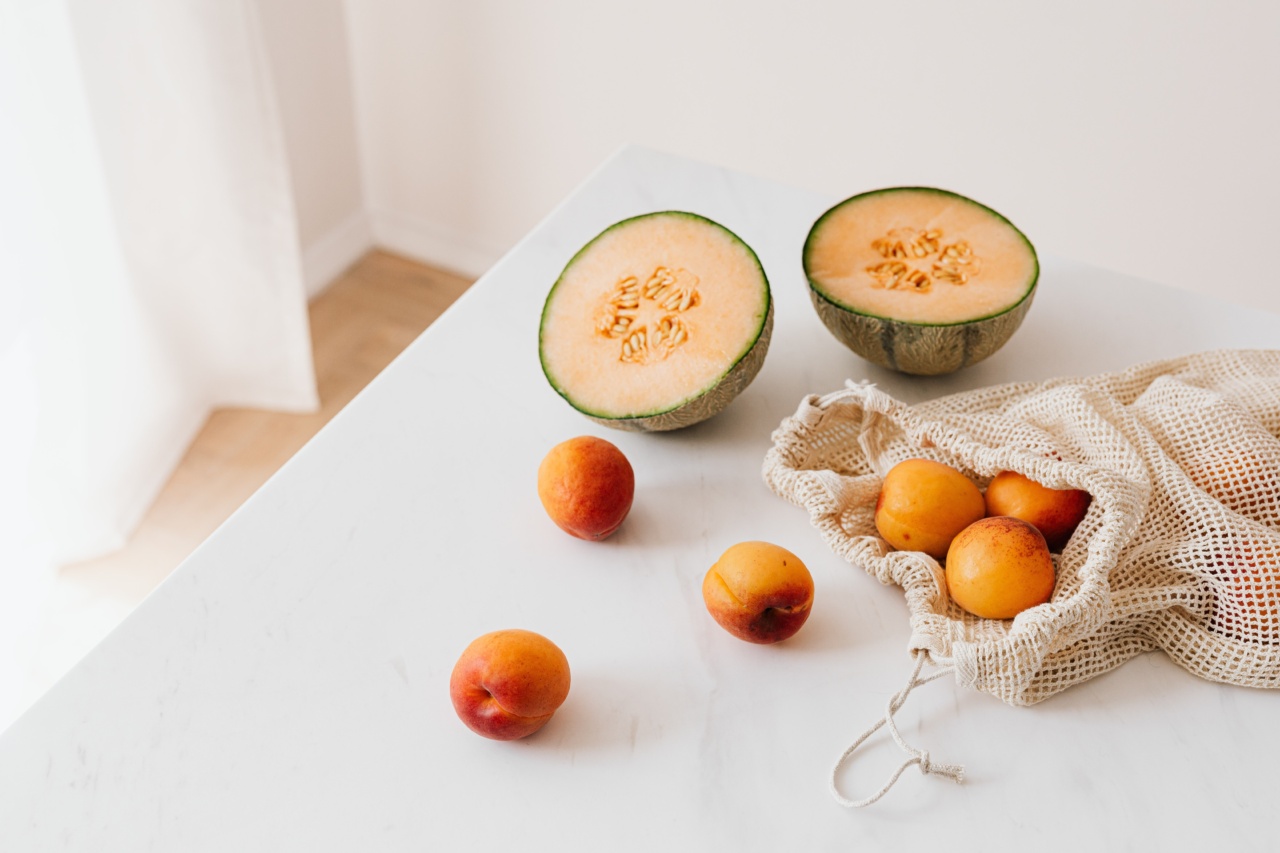Phytochemicals are naturally occurring compounds found in plants that have been recognized for their potential health benefits.
Over the years, numerous studies have demonstrated the therapeutic effects of phytochemicals, particularly their antidiabetic and antioxidant properties. Antidiabetic phytochemicals help regulate blood sugar levels and improve insulin sensitivity, while antioxidants combat the harmful effects of oxidative stress.
This article explores the diverse range of phytochemicals that possess both antidiabetic and antioxidant properties, highlighting their potential as natural remedies for diabetes and related complications.
Cinnamon
Cinnamon is a widely-used spice derived from the bark of cinnamon trees. It contains various phytochemicals such as cinnamaldehyde, cinnamate, and cinnamic acid, which contribute to its antidiabetic and antioxidant effects.
Studies have shown that cinnamon can reduce fasting blood sugar levels and improve insulin sensitivity in individuals with diabetes. Its antioxidant properties help combat oxidative stress, which is known to contribute to the development of diabetes and its complications.
Ginger
Ginger, a popular herb with a distinctive flavor, possesses potent antidiabetic and antioxidant properties. Its main bioactive compounds, gingerols and shogaols, have been found to enhance insulin secretion and improve glucose metabolism.
Additionally, ginger’s antioxidant effects help protect pancreatic beta cells from oxidative damage, thus preserving their function. Including ginger in the diet or consuming ginger supplements may help regulate blood sugar levels and reduce diabetes risk.
Turmeric
Turmeric, a vibrant yellow spice commonly used in Indian cuisine, contains an active compound called curcumin. This phytochemical has been extensively studied for its numerous health benefits, including its antidiabetic and antioxidant properties.
Curcumin has been found to lower blood sugar levels by increasing insulin sensitivity and improving insulin secretion. Moreover, its potent antioxidant effects help alleviate oxidative stress and inflammation, both of which play a role in the development of diabetes and its complications.
Fenugreek
Fenugreek is an herb with a long history of medicinal use, particularly in traditional Indian and Chinese medicine systems.
It contains a unique blend of bioactive compounds, including trigonelline and galactomannan, which contribute to its antidiabetic properties. Fenugreek has been shown to decrease fasting blood sugar levels and improve glucose tolerance.
Additionally, its antioxidant effects help protect against oxidative damage and reduce diabetes-related complications such as diabetic nephropathy and retinopathy.
Bitter Melon
Bitter melon, also known as bitter gourd, is a fruit that belongs to the cucurbitaceae family. It contains several bioactive compounds, including charantin, polypeptide-p, and vicine, which are responsible for its antidiabetic effects.
Bitter melon has been found to lower blood sugar levels by stimulating glucose uptake and improving insulin sensitivity. Moreover, its potent antioxidant properties help reduce oxidative stress and inflammation, providing additional benefits in the management of diabetes.
Garlic
Garlic, a popular bulbous plant known for its distinct flavor and aroma, possesses numerous health-promoting properties, including antidiabetic and antioxidant effects.
Garlic contains sulfur compounds, such as allicin and alliin, which exhibit antidiabetic activities by increasing insulin secretion and improving insulin sensitivity. Additionally, garlic’s antioxidant effects help protect against oxidative damage and reduce the risk of diabetic complications, such as cardiovascular disease and neuropathy.
Bilberry
Bilberry, a close relative of the blueberry, is a small dark-purple fruit rich in anthocyanins and other flavonoids. These phytochemicals contribute to bilberry’s antidiabetic and antioxidant properties.
Studies have shown that bilberry extract can help regulate blood sugar levels by improving glucose metabolism and enhancing insulin sensitivity. Moreover, its potent antioxidant effects help reduce oxidative stress and protect against diabetic retinopathy, a common complication of diabetes affecting the eyes.
Aloe Vera
Aloe vera is a succulent plant that has been widely used for its medicinal properties. It contains several bioactive compounds, including acemannan, aloin, and lectins, which contribute to its antidiabetic effects.
Aloe vera has been shown to lower blood sugar levels by increasing insulin secretion and improving insulin sensitivity. Additionally, its antioxidant properties help reduce oxidative stress and inflammation, providing further protection against diabetic complications.
Ginseng
Ginseng, a popular herbal remedy in traditional Chinese medicine, has been recognized for its various health benefits, including its antidiabetic and antioxidant properties.
The main active compounds in ginseng, called ginsenosides, have been found to enhance insulin secretion and improve insulin sensitivity. Moreover, ginseng’s antioxidant effects help reduce oxidative stress and inflammation, both of which contribute to the development of diabetes and its complications.
Green Tea
Green tea, a widely-consumed beverage, is rich in catechins, particularly epigallocatechin gallate (EGCG), which contribute to its antidiabetic and antioxidant effects.
Numerous studies have demonstrated that green tea catechins can improve glucose metabolism, increase insulin sensitivity, and reduce fasting blood sugar levels. Additionally, its potent antioxidant properties help protect pancreatic beta cells from oxidative damage, preserving their function and reducing the risk of diabetes-related complications.






























